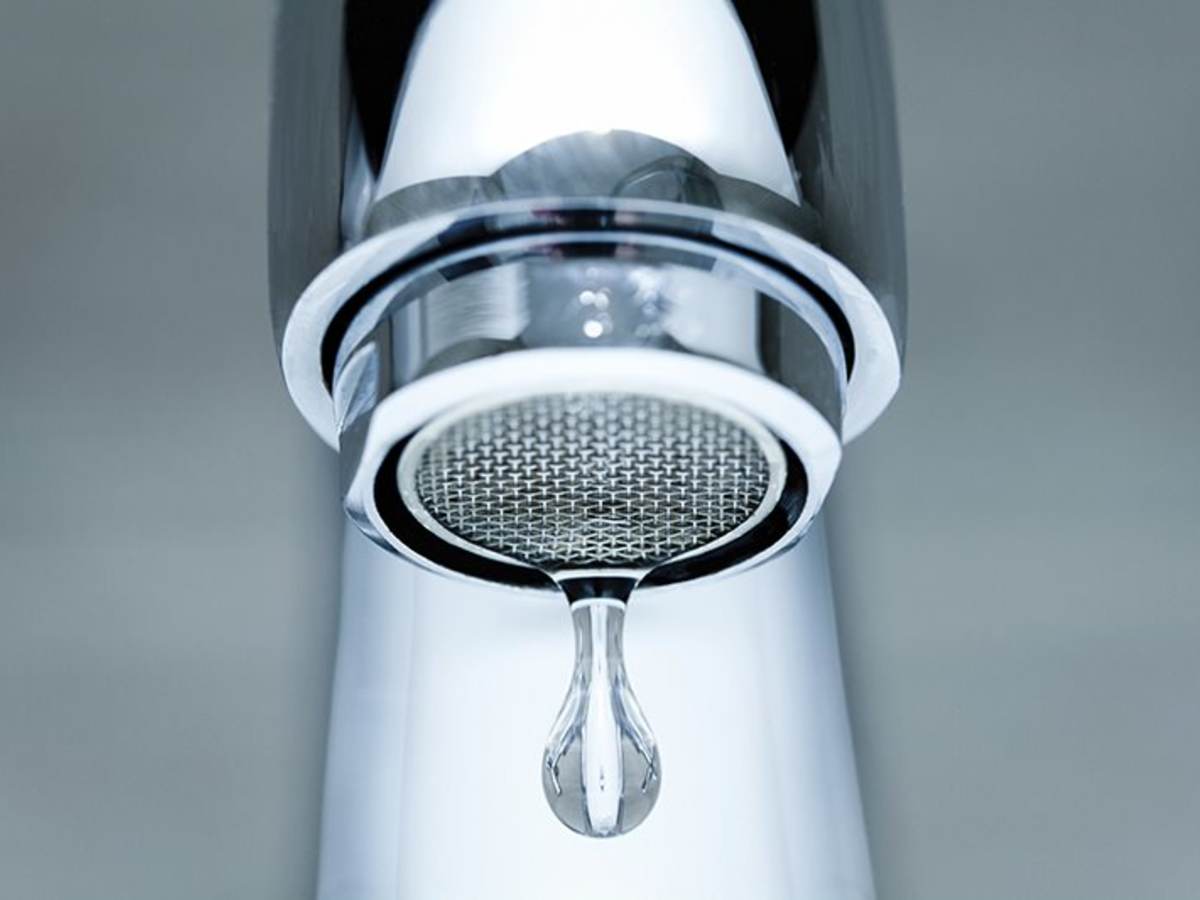October 20, 2020
Manufacturers may know that NSF/ANSI drinking water standards evaluate health effects from a product, but many are not aware of the toxicological work that goes into establishing a test program and confirming compliance. Having insight into these requirements not only helps explain why detailed product information is needed at the onset of a certification project but also clarifies why a project may take longer than expected when a pass/fail level does not exist for a compound extracting from the product. Further, having a basic understanding of how toxicology plays a part in the NSF/ANSI drinking water standards can help manufacturers design products that are more likely to comply.
Some of the standards that establish toxicology requirements by evaluating what leaches out of products into drinking water include:
- NSF/ANSI/CAN 61: Drinking Water System Components – Health Effects establishes health effects requirements for products that come into contact with drinking water.
- NSF/ANSI/CAN 60: Drinking Water Treatment Chemicals – Health Effects establishes health effects requirements for direct and indirect water treatment chemicals.
- NSF/ANSI 42, 44, 53, 55 58, 401 establish not only health effects requirements but also performance, structural, and literature requirements for drinking water treatment units.
When certifying a product to these standards, a manufacturer should know the answer to key questions up front:
- When and what information is required on my product?
- How is a test battery established?
- Where do the pass/fail levels for product extractants come from?
- What happens if a clearance level does not already exist?
Yet, many manufacturers are surprised by how much information is required at the start, what happens when a clearance does not exist, and the reasons that lead to increased certification costs.
Information Gathering During Preevaluation Toxicology
Preevaluation toxicology begins by gathering information which will help determine the test battery to use for your product. This includes:
- Product end use;
- Temperature rating;
- Surface area or size range of product;
- Volume of water the product is anticipated to hold/come into contact with; and
- Wetted parts list or formulation information.
Depending on the type of product, a wetted parts list, full formulation, or both may be required. Additional information requirements are determined based on the end use of the products. After receiving information from the client, if the product deals with water treatment chemicals, barrier materials, joining and sealing, or process media, then formulation information is needed. For products such as pipes and related products, mechanical plumbing devices, and water treatment units, a wetted parts list is required. From there, if all materials are not coatings or process media then a NSF/ANSI 61 test battery can be determined without additional information. If some materials are process media or coatings, then a formulation will be required.
If formulation information is required, the following information will need to be provided:
- Full formulation disclosure equal to 100% of all components combined;
- Chemical Abstract Service (CAS) registry numbers;
- Compound name; and
- Supplier information (including alternate suppliers for the same component).
If your product contains alternate suppliers, you need to disclose them. However, alternate suppliers of the same material or ingredient may not require separate testing evaluations. If you have alternate components made of slightly different materials, for example, alternating between rubber gaskets made of nitrile butadiene rubber (NBR) and styrene-butadiene rubber (SBR), both of the components will need testing evaluations.
Depending on the product type, end use and the components within the wetted parts list, the information can be reviewed to determine if full formulation review and information gathering can be waived. For example, some materials exempt from formulation information requirements include:
- NSF/ANSI/CAN 61 — The specific material is listed in Table 3.1 (ex. Polyethylene, ductile iron, EPDM) and also meets one of the following: Diluted surface area application ≤ 0.001 sq in/L; used in high flow products exclusively for public water treatment facilities; and used in a mechanical device or mechanical plumbing device but is not a coating or process media.
- NSF/ANSI/CAN 61 — The generic material (e.g., plastics, elastomers and metallic materials) is listed in Table 3.2 and used in a mechanical device or mechanical plumbing device but is not a coating or process media. Table 3.2 has an optional more costly, extensive test battery but allows for testing to take place with limited information.
- Water treatment units — Materials compliant with U.S. Code of Federal Regulations (CFR), Title 21.
Designing your product with materials exempt from formulation requirements or components/ingredients already certified can often help speed up the certification process.
This article was originally published in WQP Magazine by our very own Ashli Henderson, Project Chemist for UL Water & Plumbing Systems. To read the full article, visit this link.
Stay informed
Actionable insights on the topics you choose, delivered directly to your inbox.

